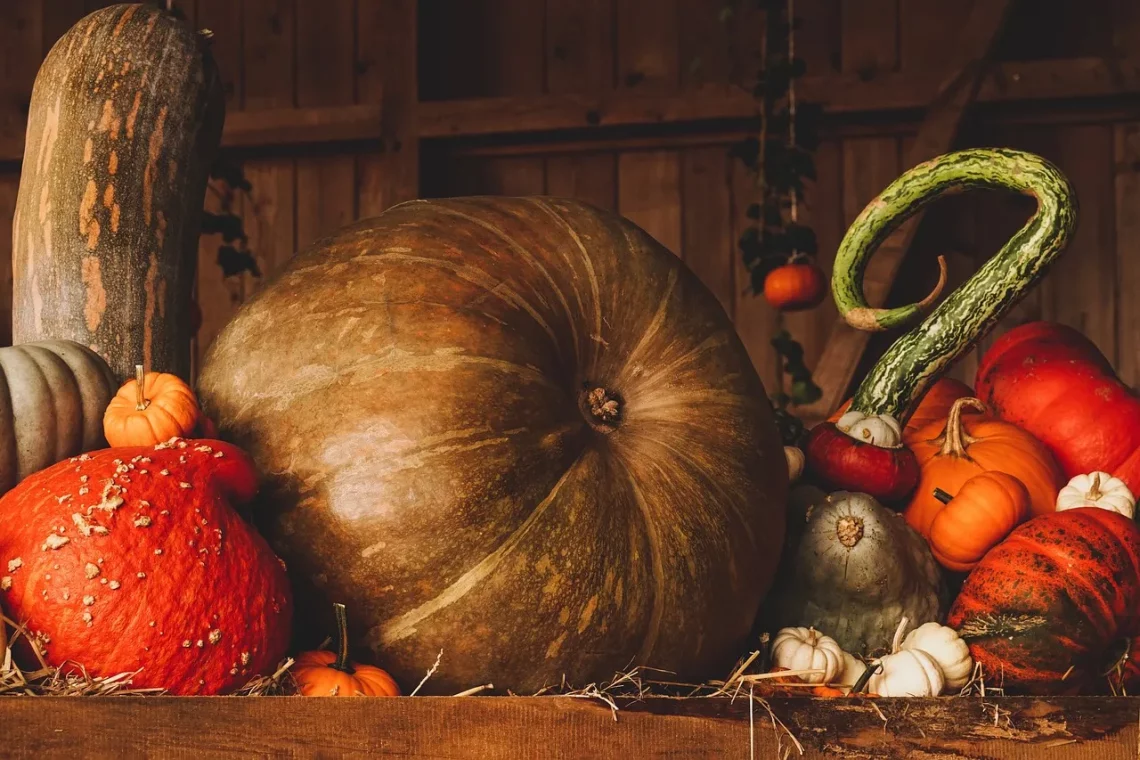
Can Guinea Pigs Eat Pumpkin Safely and Healthily?
Guinea pigs are beloved pets known for their social nature and unique personalities. As herbivores, their diet primarily consists of fresh hay, vegetables, and specially formulated guinea pig pellets. However, many pet owners often wonder about the safety and health implications of introducing new foods into their furry friends’ diet. One such food that frequently comes up in discussions is pumpkin. This vibrant orange vegetable is a seasonal favorite among humans, especially in autumn, but does it hold the same appeal for guinea pigs?
Understanding the dietary needs of guinea pigs is essential for their well-being. These small animals have sensitive digestive systems, and any dietary changes must be approached with care. While guinea pigs can consume a variety of fruits and vegetables, not all options are suitable for them. When it comes to pumpkin, its nutritional profile and potential benefits or drawbacks must be examined thoroughly.
In this article, we will delve into the safety and health considerations of feeding pumpkin to guinea pigs, exploring its nutritional content, possible benefits, and any precautions that should be taken. Ensuring the health and happiness of our pets is a priority for every responsible owner, and understanding their dietary needs plays a crucial role in achieving that goal.
Nutritional Benefits of Pumpkin for Guinea Pigs
Pumpkin is rich in several nutrients that can be beneficial for guinea pigs when offered in moderation. One of the most notable components of pumpkin is its high fiber content, which is vital for the digestive health of these animals. Fiber aids in the proper functioning of their digestive system, helping to prevent issues such as gastrointestinal stasis, a common concern among guinea pigs. A diet rich in fiber also promotes healthy teeth, as chewing on fibrous materials naturally wears down their ever-growing teeth.
In addition to fiber, pumpkin is an excellent source of vitamins and minerals. It contains Vitamin A, which supports good vision and a healthy immune system, crucial for guinea pigs that are prone to various illnesses. The presence of Vitamin C is also noteworthy. Guinea pigs cannot synthesize this vitamin on their own, making it essential to provide it through their diet. While pumpkin is not the highest source of Vitamin C compared to other vegetables, it can still contribute to their daily intake when included as part of a varied diet.
Moreover, pumpkin has a high water content, which can help keep your guinea pig hydrated. Proper hydration is essential for overall health, as it aids in digestion and nutrient absorption. However, while pumpkin offers these beneficial nutrients, it is important to remember that it should be treated as a treat rather than a staple food. A varied diet is crucial for guinea pigs to ensure they receive all the nutrients they need for optimal health.
When introducing pumpkin to your guinea pig’s diet, start with small amounts to monitor their reaction. This gradual approach helps ensure that your pet adapts well to the new food and prevents any digestive upset.
How to Safely Prepare Pumpkin for Your Guinea Pig
Preparing pumpkin for your guinea pig is straightforward, but there are several important steps to follow to ensure it is safe and healthy for your pet. First and foremost, always choose fresh, organic pumpkins whenever possible. Avoid canned pumpkin products, as they often contain added sugars, preservatives, and other ingredients that may not be safe for guinea pigs.
When selecting a pumpkin, look for one that is firm and free of blemishes or soft spots. Once you have your pumpkin, you can prepare it by washing it thoroughly to remove any dirt or pesticides. After washing, you can slice the pumpkin into small, manageable pieces. It’s essential to remove the seeds and stringy insides, as these parts can be difficult for guinea pigs to digest.
The flesh of the pumpkin is the part that is safe for guinea pigs to consume. You can feed them small cubes of raw pumpkin flesh in moderation. It’s a good idea to start with just a small piece to see how your guinea pig reacts. If they enjoy it and show no signs of digestive discomfort, you can gradually increase the amount over time.
Another method of preparing pumpkin is to offer it cooked. Steaming or boiling the pumpkin without any added seasonings or oils can soften the texture, making it easier for your guinea pig to chew. However, cooking can reduce some of the nutritional content, so raw pumpkin is generally the preferred option.
Regardless of the preparation method, always ensure that any pumpkin offered is fresh and not spoiled. Monitor your guinea pig for any signs of digestive issues, such as diarrhea or loss of appetite, after introducing pumpkin to their diet. If any concerning symptoms arise, consult with a veterinarian promptly.
Potential Risks of Feeding Pumpkin to Guinea Pigs
While pumpkin can offer several nutritional benefits to guinea pigs, there are potential risks associated with its consumption that pet owners should be aware of. One primary concern is the high sugar content found in pumpkin. Although natural, the sugars can be harmful to guinea pigs in large quantities, potentially leading to obesity and related health issues, such as diabetes.
Guinea pigs have a very different metabolism compared to humans, and their bodies are not equipped to handle excessive amounts of sugar. It’s crucial to limit the frequency and quantity of pumpkin given to your pet. Treat pumpkin as an occasional snack rather than a regular part of their diet.
Another risk is the potential for digestive upset. Introducing any new food too quickly can lead to gastrointestinal issues in guinea pigs. Their sensitive digestive systems require time to adjust to changes in diet. Always introduce pumpkin gradually and monitor your pet’s reaction.
Additionally, if your guinea pig has any pre-existing health conditions, particularly those related to the digestive system or metabolic disorders, it’s advisable to consult with a veterinarian before introducing pumpkin or any new food. Each guinea pig is unique, and their dietary needs may vary based on their individual health status.
Lastly, be cautious about the portion sizes of pumpkin offered to your guinea pig. A small piece or two is adequate, and any leftovers should be removed after a few hours to prevent spoilage. Always prioritize a balanced diet that consists mainly of hay, fresh vegetables, and specially formulated pellets to ensure your guinea pig remains healthy and happy.
**Important Note**: This article is for informational purposes only and should not be considered medical advice. If you have any concerns about your pet’s health or diet, please consult with a veterinarian.




